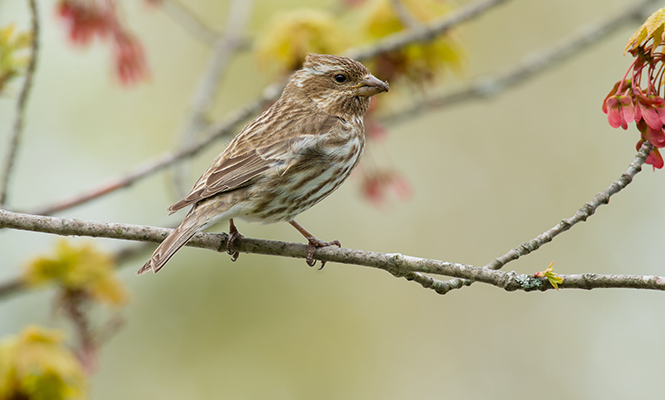Buckminister Fuller, the great American architect, scientist and philosopher, is often accredited with creating the concept of “The Knowledge Doubling Time.” It has been said that, prior to the 20th century, human knowledge would double roughly every century. By the end of World War II, it was estimated that knowledge would double every 25 years. In the internet age, it is currently estimated that knowledge is doubling every 18 months (1). By the time a printed book can be conceived, written, edited and published, it is already obsolete, such that the very idea of a textbook is on the verge of being obsolete. No wonder, then, that even in a highly focused field of neurosurgery, we have reached the point in which the specialty has become too broad for any one neurosurgeon to perform all aspects of care safely; hence, it is only natural that subspecialization within our field would evolve. (And all this after little more than a century since our field came into being.)
In his 1997 presidential address to the Congress of Neurological Surgeons (CNS) in New Orleans, Marc R. Mayberg, MD, FAANS, discussed the application of social Darwinism to the field of medicine (2). In his address, Dr. Mayberg reviewed Jonathan Weiner’s book “The Beak of the Finch,” a 20-year study of that bird species in the Galapagos Islands (3). The main observation was that in times of abundance, the number of finch subspecies flourished. In such times, a wide variety of beak sizes and shapes were observed. In leaner times, when food became sparse, competitive advantages and natural selection worked to determine which bird, with which beak, would survive. Interestingly, in these hard times, cross–species hybrids developed which could adapt to the changing landscape and thereby improve chances of survival. One can readily see how similar concepts of social change might be applied to the evolution of medicine.
Prior to the 1970s, neurosurgical training in America typically consisted of an internship in general surgery followed by four or more years of training also in general neurosurgery. In the 1980s, we began to see a move towards subspecialty training, with neurosurgeons spending extra time becoming experts in a niche such as complex spine or pediatrics, rather than trying to maintain competence in all aspects of neurosurgery. In those days, fellowships were unregulated and of variable quality. Some programs offered a structured experience that did indeed confer subspecialty expertise on the trainee, while in others the fellow may have done little more than assist in surgery. Initially, organized neurosurgery was felt to be too small of a specialty to embrace further division. The fear was that subspecialization, particularly in the face of increasing malpractice suits nationwide, might disadvantage those practicing neurosurgeons who had not had “official” subspecialty training. Things have evolved differently over the last 30 years.
So it was that in 1999, the Society of Neurological Surgeons (SNS) developed the Committee for Accreditation of Subspecialty Training, or CAST (4). This committee was tasked with developing a system for the accreditation of subspecialty training for neurosurgery. Initially, CAST seemed to move through the stages of grief described by Elisabeth Kubler-Ross (5). In the last decade, under the capable leadership of chair Arthur L. Day, MD, FAANS, and secretary treasurer Steven L. Giannotta, MD, FAANS, CAST has become the Committee for Advanced Subspecialty Training, has grown teeth and is now tracking over 170 fellowships in all areas of neurosurgery. With input from the AANS/CNS Joint Sections, CAST has developed formal guidelines for fellowships regarding when they may occur, what faculty and case minimums a fellowship site must maintain, how the performance of the fellows will be measured, etc. Additionally, CAST certifies the individuals completing their training. Interestingly, CAST has gained sufficient stature so that it is also providing fellowship certification to trainees outside of neurosurgery in the areas of neuro-critical care and neuro-interventional care.
Thus, 20 years later, Dr. Mayberg’s predictions appear to have become a reality. Like Darwin’s finches, neurosurgeons are adapting to a changing landscape of health care. In prosperous or lean times, this evolution will serve us, our specialty and our patients in the best possible way.
References
1. The Knowledge Doubling Curve. (2013). Schilling, D.R. Industry tap into the news.
2. Presidential Address: Reality-based Relative Value Scales by Marc Mayberg. Congress of Neurological Surgeons Annual Meeting Archives, 1997.
3. Weiner, J. (2014). The beak of the finch: A story of evolution in our time. Vintage.
4. www.societyns.org/pdfs/CAST
[aans_authors]







